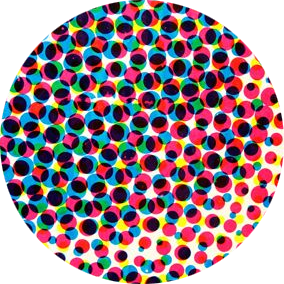The Downward Spiral of Jor-El, from Altruist Inspiration to Shameful Bigot


As discussed in an earlier thread, the corruption of the Krypton fantasy world is meant to reflect Kal-El’s subconscious actively fighting the illusion created by the Black Mercy, but we can also read the story as a reflection on the importance of impermanence for a legacy. 2/8

An obvious framework here would be Harvey Dent’s oft-quoted line from Nolan’s “The Dark Knight” movie: “you either die a hero or you live long enough to see yourself become the villain.” 3/8



The other is the broader recognition that had Jor-El lived a life in which his greatest heroic action was a complete failure, then his commitment to heroic action itself could also wane, leaving instead a broken man, vulnerable to the temptations of scapegoating and extremism 6/8

We can also read this fate in the context of other Alan Moore projects of the era, such as “V for Vendetta” and “Watchmen” (also with Gibbons) that likewise depict scapegoating and extremism as a credible and natural devolution for societies in decline. 7/8

Jor-El’s spiral is a relatable scenario – instead of serving as Kal-El’s ultimate inspiration, he has devolved into Kal-El’s shame. It’s a tragic fall for an important icon in Superman’s ideological viewpoint, and the difference, even more tragically, is just that he lived. 8/8
